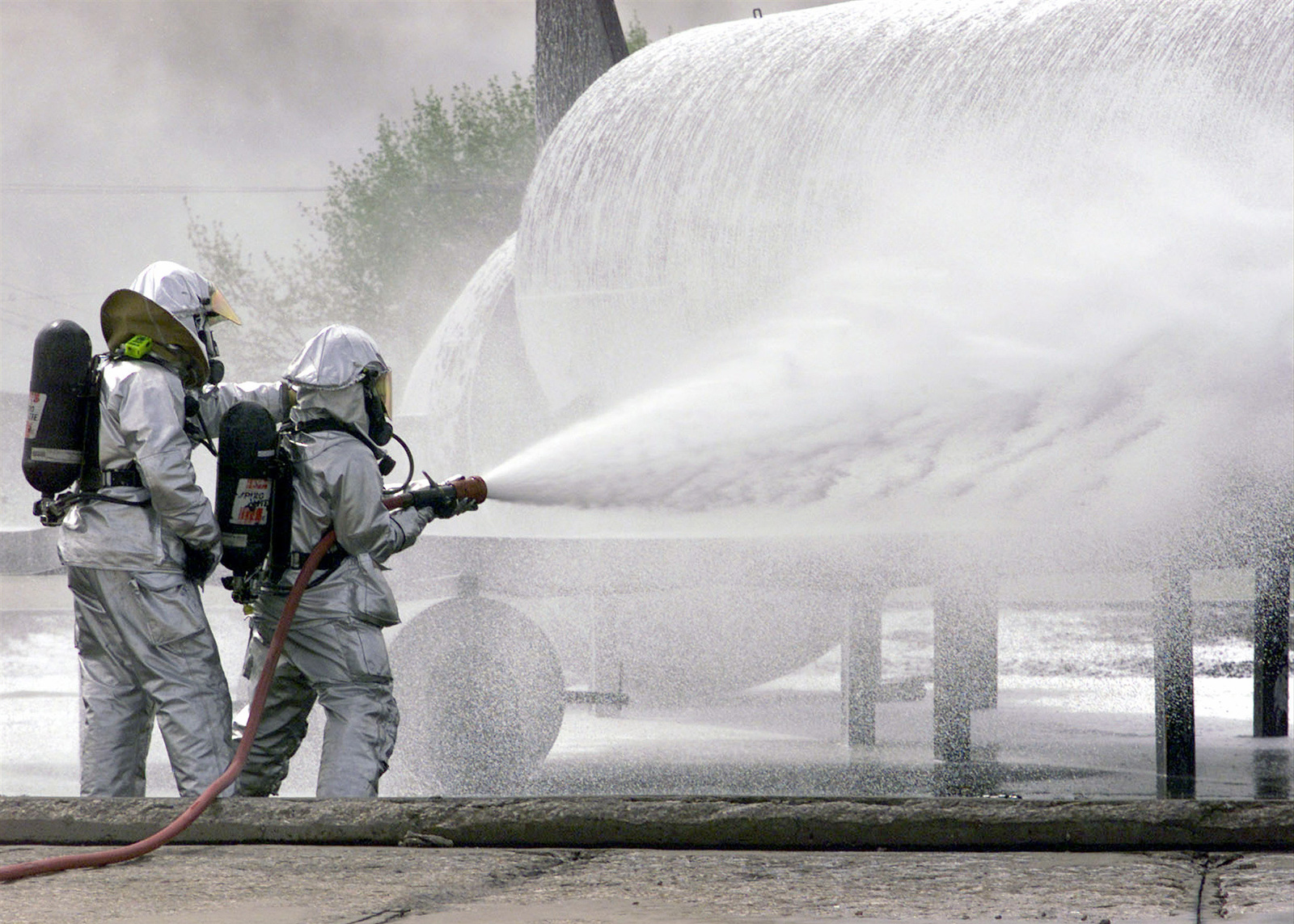
Per- and polyfluoroalkyl substances, known as PFAS, have become a serious public health concern across our country and state. They have contaminated some drinking water supplies in Washington and elsewhere. The most common cause in Washington state is the use of firefighting foams. Sampling has also detected PFAS in Washington’s surface waters, groundwater, wastewater treatment plant effluent, compost, freshwater and marine sediments, freshwater fish tissue, osprey eggs, and human breast milk.
The scientific community considers certain PFAS to be persistent, bioaccumulative and toxic (PBT). PBTs are some of the “worst of the worst” chemicals because they can build-up in organisms and move up the food chain, and their toxicity persists in the environment indefinitely. Researchers often refer to PFAS as “forever chemicals” because of this persistence.
Currently, there are no enforceable federal standards for any PFAS compounds. To help address this toxic threat, we reviewed the definition of hazardous substance in our environmental cleanup law and concluded that PFAS compounds meet the definition. This means that when there are PFAS releases, we will now regulate cleanup under the Model Toxics Control Act (MTCA), our environmental cleanup law.
Next steps
Currently the Washington Department of Health is creating State Action Levels for five PFAS compounds in drinking water. Once the health department is finished, we will create cleanup levels. These levels will be used to set the standard for people cleaning up contaminated sites. We will also provide guidance about applying the levels.
Although Washington state has made great progress in dealing with PFAS, this is a long-term problem. Efforts to reduce the use of PFAS and to prevent additional releases into the environment will continue to require resources into the future. We are working with other agencies, the public, and stakeholders to figure out the best way to clean up source areas and reduce exposures.

